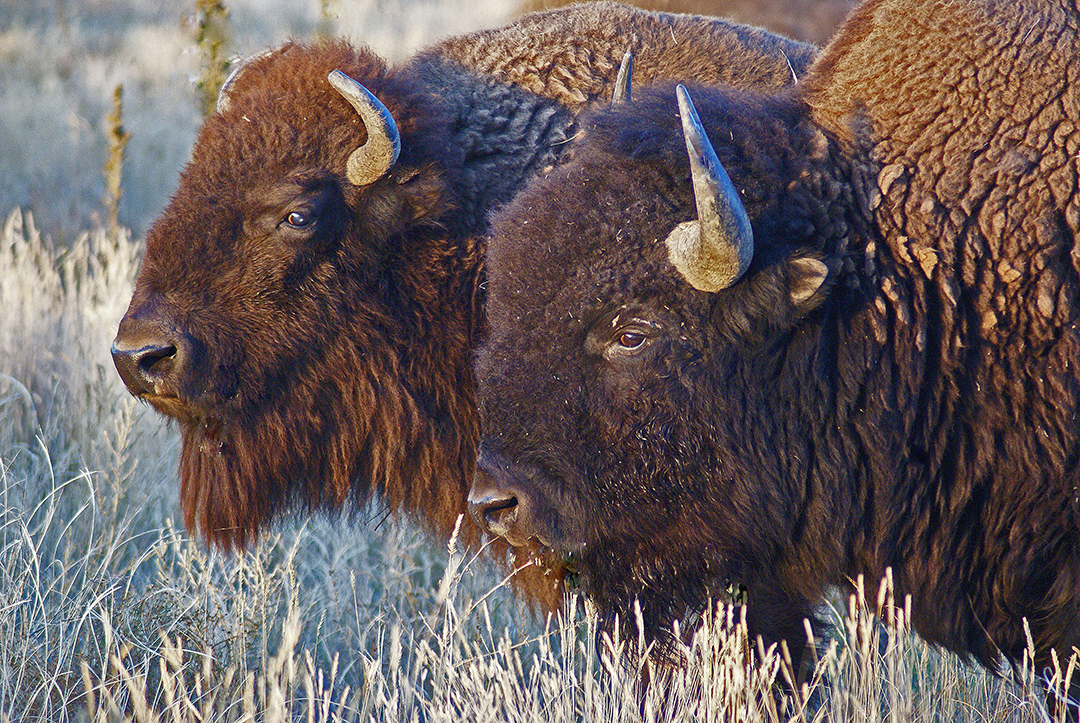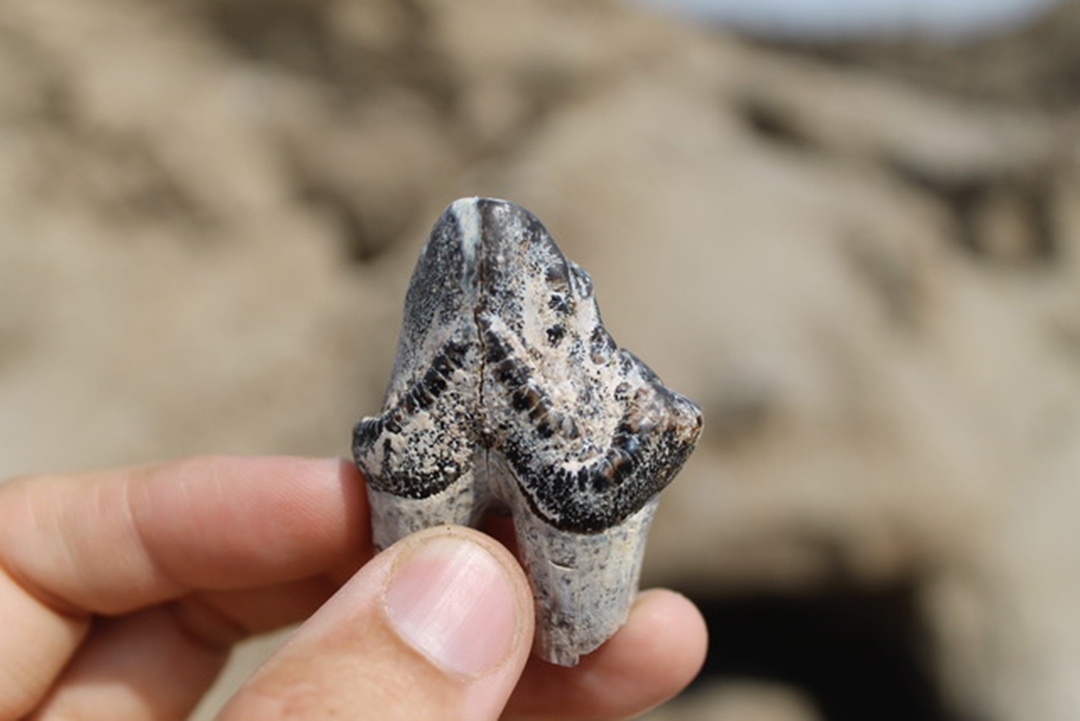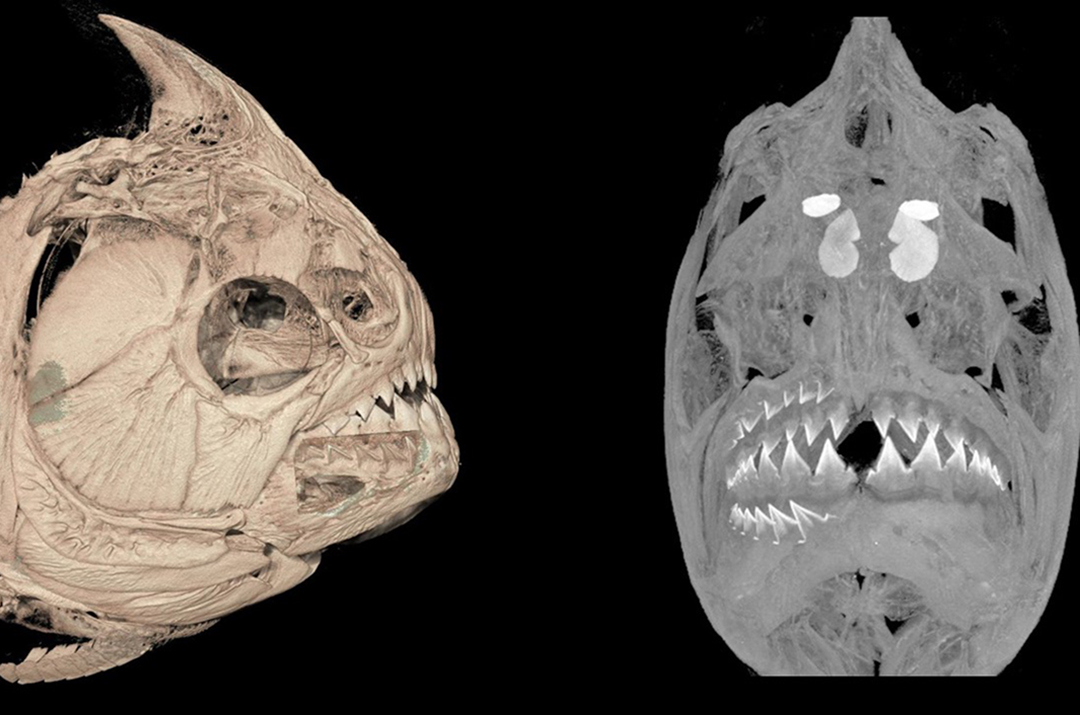By Kristen Mitchell
When saber-toothed cats and mammoths roamed North America, they dominated their environments. After they went extinct during the end of the last ice age, their absence fundamentally altered interactions between smaller surviving animals in the ecosystem, according to a new paper co-authored by W. Andrew Barr, assistant professor of anthropology in the Columbian College of Arts and Sciences.
Understanding how the extinction of megafauna—large-bodied animals—impacted other species more than 11,000 years ago during the Pleistocene could have major implications for how researchers respond to the ongoing biodiversity crisis. Dr. Barr spoke to GW Today about the paper and what policymakers should take away from its findings:
Q: What inspired you to study the impacts of large mammal extinctions that occurred at the end of the Pleistocene?
A: This project grew out of the Evolution of Terrestrial Ecosystems working group at the Smithsonian, founded by Anna K. Behrensmeyer, who is a faculty member in GW’s Center for the Advanced Study of Human Paleobiology (CASHP). I joined the working group in 2014, and we have since been trying to piece together the datasets necessary to understand the rules that govern the assembly of animal communities. In other words, why do certain animals occur together, while others never do? How might the actions of humans have changed the rules that shape animal community composition?
One of the graduate students in our working group, Anikó Tóth, of Macquarie University in Australia, got really interested in differentiating between biotic factors—like competition between animals—versus abiotic factors, like climate, on the co-occurrence patterns of mammals. She developed a novel method for untangling the influence of these factors. We were then able to apply this new method to a massive dataset on mammal occurrence patterns, and we were able to uncover some key new insights about the impacts of large mammal extinctions in the late stages of the Pleistocene. This study is a fantastic example of how new big-data analytical approaches are advancing our understanding of the distant evolutionary past.
Q: How did the extinction of mammal species like mammoths and saber-toothed cats impact the surviving population of smaller mammals in North America?
A: Before the extinctions, biotic influences like competition between animals were more important in determining which species occurred in which communities. After the extinctions, abiotic factors like climate seem to have become more important. This means that somehow, the megafaunal species were mediating the interactions between the smaller-bodied species. After the extinction of the megafauna, the status quo was disrupted.
Q: How does a better understanding about mammal survival during a previous extinction help researchers plan for the future?
A: Our study shows that the extinction of the large-bodied mammals didn’t result merely in a loss of biodiversity, rather their extinction changed the rules of the road for the surviving smaller-bodied species. This is an important message for policymakers and the public at large.
It’s easy for well-intentioned people to question why the loss of some particular species matters at all. This study underscores how removing species fundamentally alters mammal communities and has cascading impacts for the surviving species.
Q: Based on your findings, what kind of changes would you expect to see in modern ecosystems if large-bodied mammal species like bison went extinct in the coming decades, as is projected?
A: One pattern we can confidently expect is for common species to become even more common and wide-ranging (think raccoons, opossums, deer, coyotes). It’s difficult to make detailed predictions about the future, but in general we would expect for the interactions between remaining species to change after the extinction of additional large-bodies species. We might see a breakdown of the types of communities which exist today, and the formation of communities that are unpredictable based on the patterns we observe in the present.
Q: What new research questions are you planning to explore based on the conclusions of this study?
A: This study was focused on the North American record, but I am especially interested in what happened in Africa, which is where humans have had the longest (pre)history of interacting with large mammals. A number of African carnivore species, such as saber tooth cats and extinct relatives of hyaenas, went extinct around the time that our ancestor Homo erectus first appears in the fossil record. Homo erectus was likely the first human species to consume significant amounts of meat, and this shift in the human diet undoubtedly brought our ancestors into competition with African carnivores. Some researchers have hypothesized that competition from Homo erectus may have directly lead to the loss of carnivore diversity, but this idea is controversial and hasn’t been fully tested. I am currently working on new ways to address this question, so stay tuned as this work unfolds.





